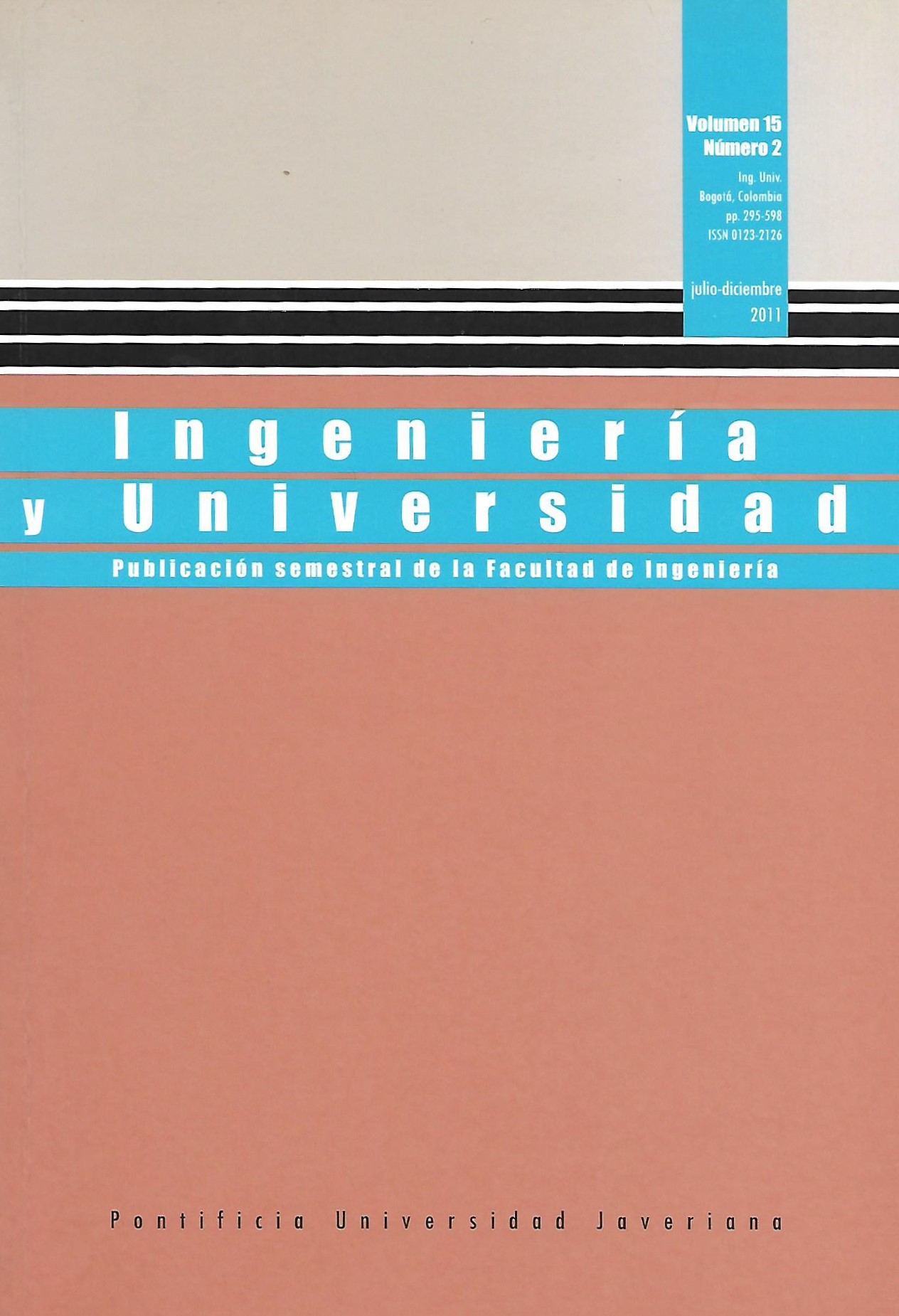Abstract
Session Initiation Protocol (SIP) has become an important VoIP signaling protocol for its advantages in making Internet-based multimedia calls. The flexibility of the SIP protocol is due to its capacity to extend methods and attributes. In present, Ip VoIP voice service providers are non-open systems. This is why the Spam Over Internet Telephony (SPIT) does not currently pose any problem. Hence, SIP Identity is a solution for handling identities within SIP. In order to develop SIP software packages, JAIN SIP API, one of the most robust API’s for Java-based SIP is used, thanks to advantages such as platform Independence and mobility.
FALOMI, M.; GARROPPO, R. y NICCOLINI, S. Simulation and optimization of SPIT detection frameworks. Global Telecommunications Conference, 2007. GLOBECOM ‘07. IEEE. 26-30 Nov 2007, pp. 2156-216. <http://ieeexplore.ieee.org/stamp/stamp.jsp?tp=&arnumb er=4411322&isnumber=4410910>.
FRANKS, J.; HALLAM-BAKER, P.; HOSTETLER, J.; LAWRENCE, S. y LEACH, P. HTTP authentication. Basic and digest access authentication, RFC 2617 [documento en línea]. 1999. <http://www.ietf.org/rfc/rfc2617.txt> [Consulta: 09-07-2009].
HELIM, P. y RANGA, M. Especificación JSR-000032 JAIN SIP API [documento en línea]. 2002. Java Community Process. <http://www.jcp.org/aboutJava/communityprocess/maintenance/jsr032/> [Consulta: 08-03-2009].
IVOV, E. Proyecto cliente VoIP para SIP, “Sip-communicator” [documento en línea]. <http://www.jitsi.org/> [Consulta: 07-04-2009].
KAYOTE NETWORKS. Empresa pionera en desarrollo de soluciones contra el SPIT. [web en línea]. <http://www.kayote.com/web/About/Research.htm> [Consulta: 05-03-2008].
PETERSON, J. y JENNINGS, C. Enhancements for authenticated identity management in the Session Initiation Protocol (SIP), RFC 4474 [documento en línea]. 2006. IETF. <http://tools.ietf.org/html/rfc4474> [Consulta: 09-07-2009].
RANGA, M. y HELIM M. Proyecto JAIN SIP. Proyecto JAIN SIP [web en línea] <http://jain-sip.dev.java.net/> [Consulta: 08-07-2009].
RENATA: Conectividad en Latinoamérica, Colombia lidera penetración en Internet [web en línea]. <http://200.31.94.218/index.php/noticias/5-noticias/1485-conectividad-enlatinoamerica-colombia-lidera-penetracion-en-internet.html> [Consulta: 23-01-2011].
ROSENBERG, J. A Framework for Consent-Based Communications in the Session Initiation Protocol (SIP) draft-ietf-sipping-consent-framework-05 [documento en línea]. 2006. IETF. <http://www.tools.ietf.org/html/draft-ietf-sipping-consent-framework> [Consulta: 10-07-2009].
ROSENBERG, J. y JENNINGS, C. The Session Initiation Protocol (SIP) and Spam. [documento en línea]. 2007. IETF. <http://tools.ietf.org/html/draft-ietf-sipping-spam-05> [Consulta: 07-10-2009].
SAVERIO, N. SPIT prevention state of the art and research challenges [documento en línea]. 2008. Third Annual VoIP Security Workshop. <http://old.iptel.org/voipsecurity/doc/07%20-%20Niccolini%20-%20SPIT%20prevention%20state%20of%20the%20 art%20and%20research%20challenges.pdf> [Consulta: 10-07-2009].
STEWART, L. HTTP Authentication: Basic and Digest Access Authentication, RFC 2617. <http://www.ietf.org/rfc/rfc2617.txt>.
UTILIDAD PARA CERTIFICADOS DIGITALES Y JAVA [web en línea]. <http://java.sun.com/j2se/1.3/docs/tooldocs/win32/keytool.html> [Consulta: 06-05-2009].
This journal is registered under a Creative Commons Attribution 4.0 International Public License. Thus, this work may be reproduced, distributed, and publicly shared in digital format, as long as the names of the authors and Pontificia Universidad Javeriana are acknowledged. Others are allowed to quote, adapt, transform, auto-archive, republish, and create based on this material, for any purpose (even commercial ones), provided the authorship is duly acknowledged, a link to the original work is provided, and it is specified if changes have been made. Pontificia Universidad Javeriana does not hold the rights of published works and the authors are solely responsible for the contents of their works; they keep the moral, intellectual, privacy, and publicity rights.
Approving the intervention of the work (review, copy-editing, translation, layout) and the following outreach, are granted through an use license and not through an assignment of rights. This means the journal and Pontificia Universidad Javeriana cannot be held responsible for any ethical malpractice by the authors. As a consequence of the protection granted by the use license, the journal is not required to publish recantations or modify information already published, unless the errata stems from the editorial management process. Publishing contents in this journal does not generate royalties for contributors.


